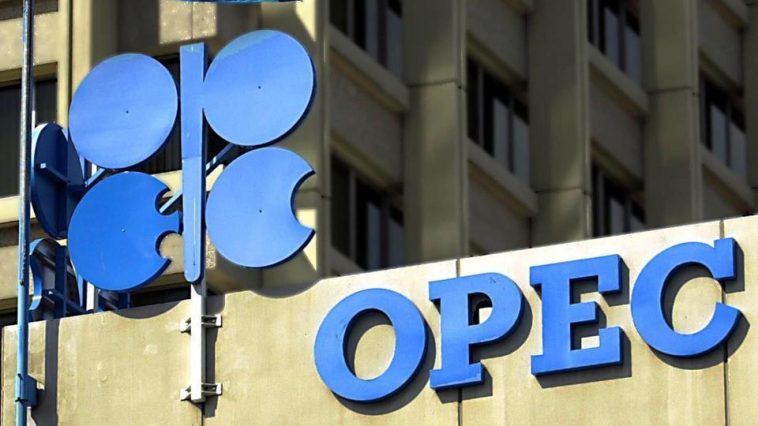Nigeria’s oil production increased 6.9% month over month, MoM, from 1.34 million barrels per day (bpd) in December 2023 to 1.43 million bpd in January 2024.
However, year over year, YoY, the country’s output increased from 1.23 million bpd in the equivalent time of 2023 to 1.43 million bpd in January 2024—a 15.6% increase.
The output does not include condensate, a light crude that Nigeria may produce between 300,000 and 400,000 barrels per day, according to OPEC’s Monthly Oil Market Reports (MOMRs), which Vanguard was able to get.
The increase in output was attributed to some factors, especially the nation’s successful battle against oil theft, thus making Nigeria the highest African producer while Equatorial Guinea comes last with 54,000 bpd.
Checks by Vanguard confirmed that the nation’s 1.7 million bpd and $77 per barrel 2024 budget benchmark will likely be met if the current tempo is sustained in the coming months.
Meanwhile the Nigerian Upstream Petroleum Regulatory Commission, NUPRC, has said that it has adopted measures that would tackle challenges facing the oil and gas sector and boost production in the country.
Chief Executive Officer of the Commission, Engr. Gbenga Komolafe who disclosed this yesterday in Lagos while presenting a country address at the Petroleum Technology Association of Nigeria (PETAN) Sub-Saharan Africa International Petroleum Exhibition and Conference, said Nigeria’s oil production currently averages 1.586 million barrels per day made up of 1.33mbpd liquid production and 256,000 condensate oil production.
Komolafe explained that measures adopted by the Commission include improved transparency in hydrocarbon measurement and accounting, collaborative work programme administration with the exploration & production companies, and close monitoring to ensure that they meet their work programme obligations.
Others are acceleration of field developments through timely approvals and ensuring speedy execution, production optimisation by ensuring wells are tested periodically and produced at optimal rates, identifying candidate wells for work-over and interventions as well as the adoption of Enhanced Oil Recovery processes and technologies.
Techrectory with Agency Report



